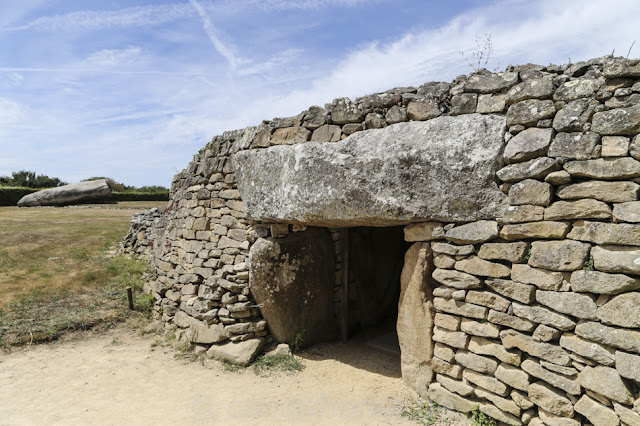In the north of the Balearic island Formentera near Es Pujols we discovered a very geometric dolmen. It was built in the bronze age between 2.000 and 1.600 BC. Human remains and ceramic fragments were found at this beautiful site.
The dolmen is surrounded by a big fence which was closed during our stay.




























































